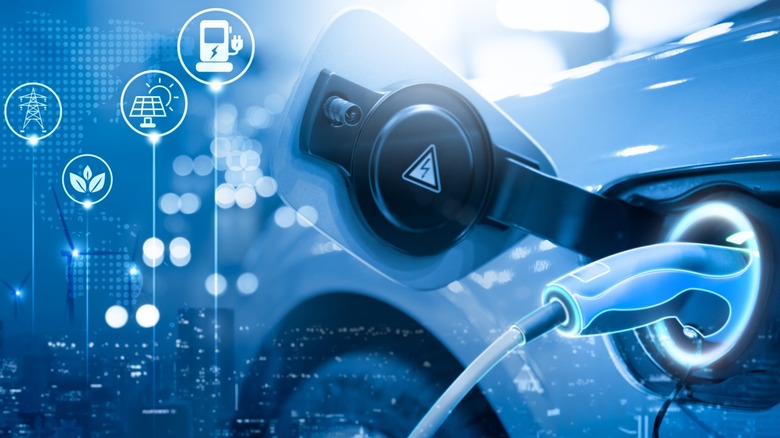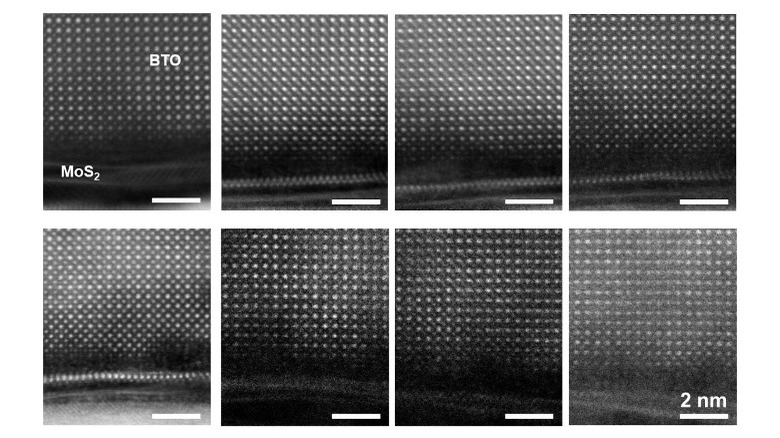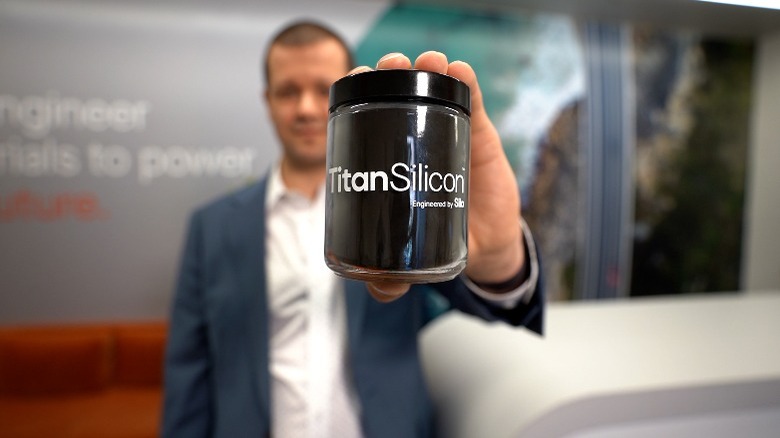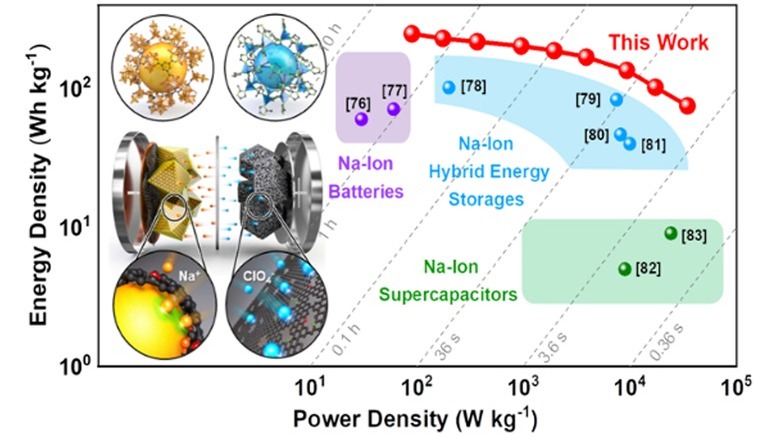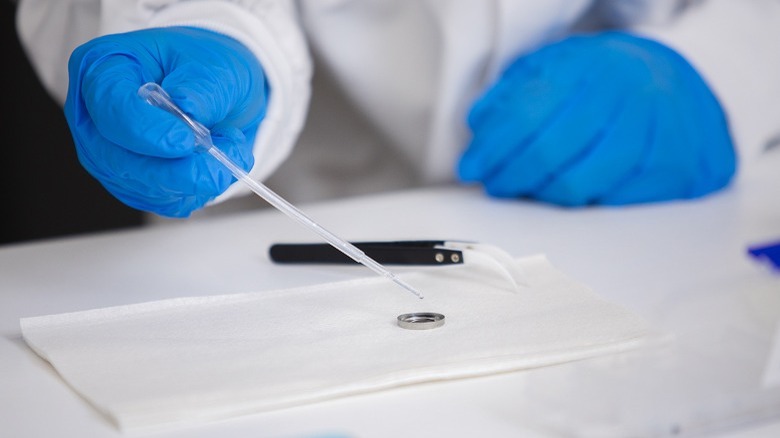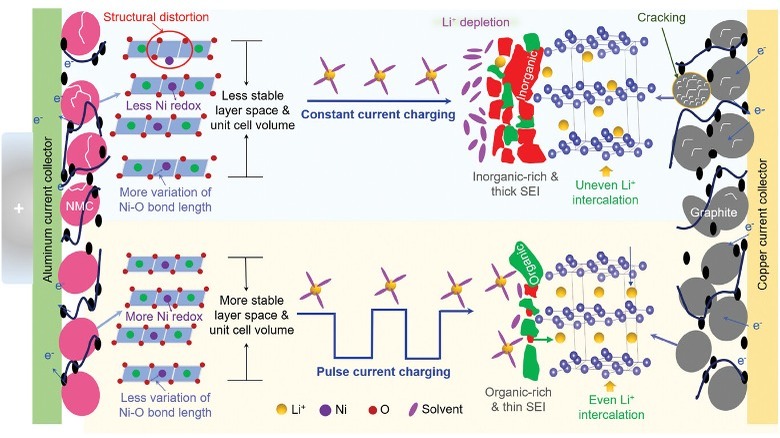5 New Battery Technologies That Could Revolutionize Everything From EVs To Smartphones
The lithium-ion battery, created by Nobel Prize winner John Goodenough over three decades ago, has seen constant innovation –especially in the past few decades with the proliferation of mobile electronic devices, as well as electric vehicles. Increased charge capacity, enhanced energy density, longer lifespan, and faster charging are all aspects of battery performance that we can tangibly appreciate. Alongside, battery safety (lithium-ion batteries are a notorious fire risk) and safe disposal, as well as recycling, of dead or failing batteries are high on the list of innovators in the space.
In this article, we will highlight five new battery technologies announced over the past year that have the potential to change the way we use our personal devices and electric vehicles. From a new type of capacitor with drastically improved energy density, to the use of silicon instead of graphite in lithium-ion batteries, sodium-ion batteries with enhanced charging speed, water batteries that won't explode, and pulse current charging for improved battery lifespan, these innovations are anticipated to usher in a revolution in battery technologies.
High energy storage capacitor to reduce battery burden
Scientists from Washington University in St. Louis and MIT have developed a capacitor that can store energy longer than traditional capacitors (found in everything from smartphones to PCs to EVs), without hampering the capacitor's rapid charge and discharge function. A common capacitor, the Class 2 ceramic capacitor, conventionally uses ferroelectric materials — naturally polarized substances whose charge can be reversed when current is passed. It retains the reversed charge even after current is removed. The materials are known for their high permittivity and high volumetric efficiency, or energy density. However, they have a lower relaxation time compared to other materials — with capacitance and energy loss over time — preventing their use in energy storage (or battery tech).
To combat this energy loss, the study published in Science introduced a structure with a 3D layer between 2D layers. In a release, the team said the approach arranges the materials in layers that are "atomically thin", featuring both chemical and non-chemical bonds between the layers. This allows an energy density up to 19 times higher than conventional ferroelectric capacitors, with an "unprecedented" efficiency of up to 90%. The scientists found that a tiny gap in the 3D core allowed them to modulate or induce the relaxation time. Washington University assistant professor Sang-Hoon Bae explained, "That new physical phenomenon is something we hadn't seen before. It enables us to manipulate dielectric material in such a way that it doesn't polarize and lose charge capability." As the technology improves, Bae envisions use in "large electronics, like electric vehicles," with increased storage in capacitors reducing the burden on batteries.
Silicon anodes for improved lithium-ion batteries
California-based Sila Nanotechnologies has partnered with Panasonic — a battery supplier to Tesla — to manufacture silicon anode material for use in the Japanese giant's EV lithium-ion batteries. Compared to conventional graphite anodes used in lithium-ion batteries, silicon theoretically allows for up to 10 times higher energy density. While silicon is prone to swelling with repeated charges, Sila's nano-composite "Titan Silicon" is said to keep swelling to below the maximum graphite swell. Titan Silicon — which currently doesn't replace all the graphite in the anodes — is said to provide a 20 percent increase in energy density, improving EV performance, and increasing EV range up to 500 miles with a recharge time as low as 10 minutes. A full structured-silicon anode could deliver up to 40 percent higher energy density, while further reducing charge time, Sila claims.
Sila was co-founded by CEO, Gene Berdichevsky, who was the seventh employee at Tesla Motors and lead engineer on the company's Roadster battery. The high-performance silicon powder material will be made by Sila in Washington State. Speaking to Wired, Berdichevesky likened the new silicon powder to raisin bread, "where the raisins are the silicon, and there's the squishy matrix around the raisins with a big outer rind on the particle itself. The rind holds the space, and the bread moves aside when the raisins expand. The scaffold is not holding the silicon — it's accommodating the expansion." The company's technology will make its way to Panasonic during 2024, as well as to the Mercedes-Benz G-Class electric SUV that's expected in 2025.
Sodium-ion tech for rapid charging batteries
Korea Advanced Institute of Science and Technology (KAIST) researchers have developed a new rapid-charging sodium-ion hybrid energy storage system (SIHESs) that it claims can outperform commercial lithium-ion batteries in terms of energy density, and rival that of supercapacitors. In a statement, the team said the hybrid sodium-ion energy storage device could be used for a variety of applications that require rapid charging, from EVs to aerospace as well as electronic devices. Sodium is more than 1,000 times more abundant than lithium on Earth, so if it could be used instead of lithium, it could potentially enable cheaper batteries that could be sustainably sourced.
Sodium has limitations compared to lithium — slower charging, lower power output, as well as limited storage ability, butt he team at KAIST appears to have overcome these limitations by employing new anode and cathode materials. Researchers used a metal-organic framework (with active materials in a porous carbon lattice) for the anode, and supercapacitor-type materials with another metal-organic framework for the cathode. Combined, the hybrid sodium-ion battery balanced the energy storage disparities between the two types of electrodes, delivering both high energy and power density as well as rapid charge-discharge rates.
KAIST claims its sodium-ion battery demonstrated an ultrahigh energy density of 247 Watt hours per kilogram, outperforming other state-of-the art SIHESs. It reportedly delivers nearly 100 percent efficiency cycle stability over 5,000 charge-discharge cycles. Its fast-rechargeable power density is said to outstrip battery-type reactions by over 100 folds.
Water batteries that won't catch fire
Researchers at RMIT University in Melbourne, along with global industry collaborators and researchers, have created aqueous metal-ion batteries, also known as water batteries. By using water as an electrolyte, such batteries can't catch fire or explode, unlike lithium-ion batteries. The current iteration of RMIT's water battery technology is suitable for large-scale applications like grid and renewable energy storage. As the technology matures, it will become more suitable for smaller-scale storage, such as for homes and devices. RMIT successfully integrated its batteries with solar panels, and its magnesium-ion water battery is capable of delivering an energy density of 75 Wh per kg, or "up to 30% that of the latest Tesla car batteries," Lead researcher Tianyi Ma said in a release.
Manufacturing processes for a water battery are straightforward, making mass production realistic, RMIT said. They are also more sustainable compared to their lithium-ion counterparts — Ma said, "materials such as magnesium and zinc that are abundant in nature, inexpensive and less toxic than alternatives used in other kinds of batteries, which helps to lower manufacturing costs and reduces risks to human health and the environment," adding, "our batteries can be safely disassembled and the materials can be reused or recycled."
RMIT overcame (study published in Advanced Materials) a major challenge of water batteries — the dendrite growth on electrodes and other parts — by coating the zinc anode with bismuth and its oxide to prevent growth. "Magnesium-ion water batteries have the potential to replace lead-acid battery in the short term — like 1 to 3 years — and to replace potentially lithium-ion battery in the long term, 5 to 10 years from now," Ma said.
Pulse current charging to improve battery longevity
A new charging protocol could potentially double the lifespan (or stability) of lithium-ion batteries found in conventional electronics like smartphones and laptops, researchers said. Two types of charging protocols are commonly used to charge batteries — constant current (CC) and pulse current (PC). While CC is commonly used for regular charging, PC — where a CC charging step is interrupted by a relaxation period, of varying lengths of time for both — is employed for rapid charging. Multi-step CC is another fast charging technique. By optimizing PC cycles, researchers think that current-generation state-of-the-art lithium-ion batteries with a lifespan of 5 to 8 years could get a lifespan measured in decades. A pulse frequency of up to 2,000 Hz provides the highest stability gains, the study (published in Advanced Energy Materials journal) found.
Studying commercial lithium-ion batteries being charged with a PC protocol, researchers found that they could extend the charging cycles from 500 cycles to over 1,000 cycles before significant battery degradation (roughly 80 percent of their nominal capacity). The reasons for the improvements are numerous, and essentially circumvent the problems associated with CC charging. The researchers claim that PC charging would slow down the rise of battery impedance, the chemical and structural changes of electrodes, as well as the electrolyte decomposition that's seen with the ageing of lithium-ion batteries. As Live Science notes, the findings aren't brand new — with similar work in 2023 showing benefits for PC charging. However, the latest study offers insights for improving lithium-ion battery charging protocols for future advancements, the researchers said.
